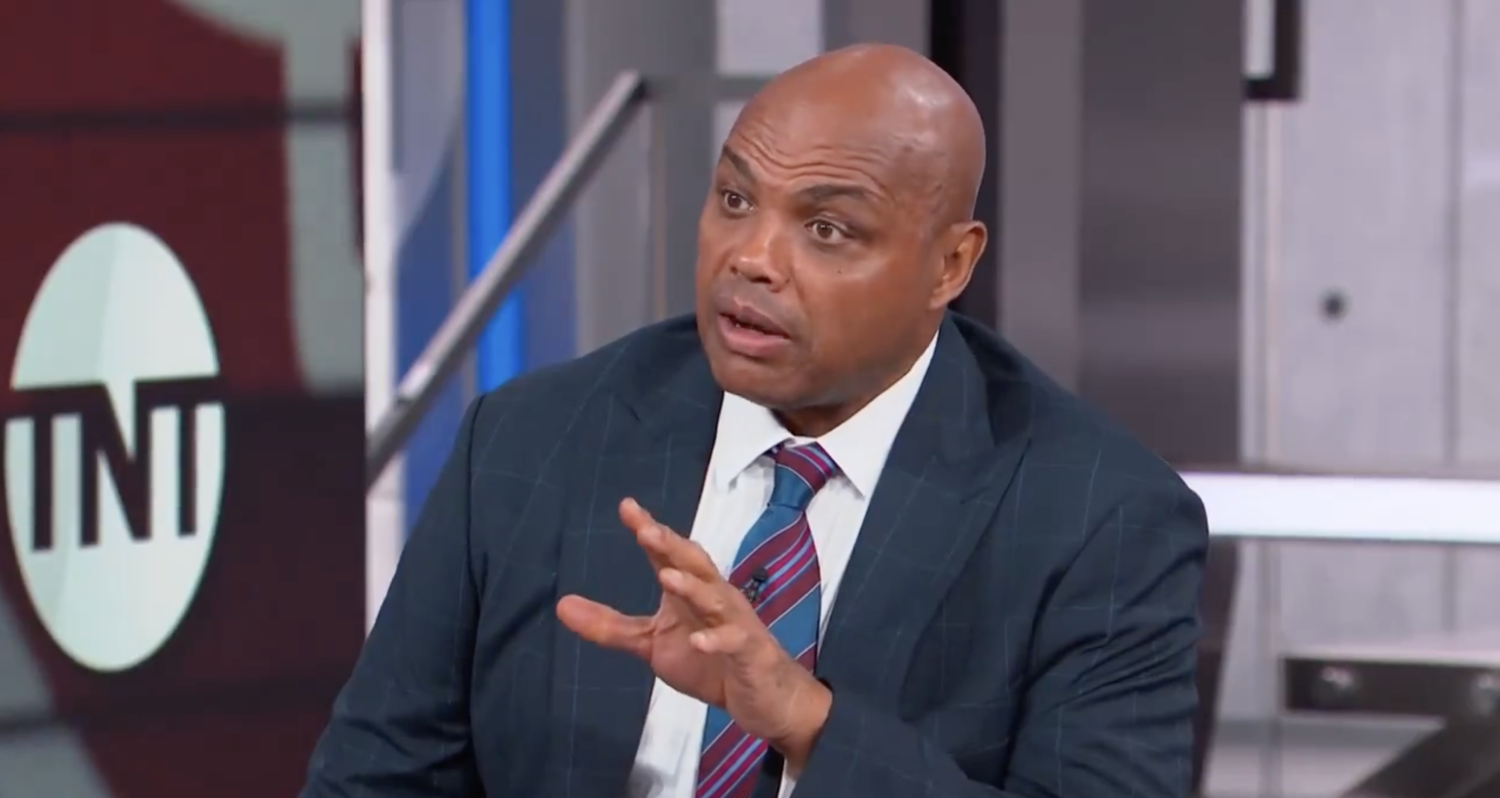Quoting that great line from Claude Rains who played Capt. Louis Renault in Casablanca, “I’m shocked! Shocked to find gambling going on in here,” as he’s handed his winnings. Well, after a study was released by two college professors, it shows that interest in non-competitive college football games increases by as much as 30% thanks to the point spread. With apologies to Casablanca and the Epstein brothers who wrote the movie, I’m shocked! Shocked to find gambling is a factor in watching college football.
Let’s get to the details.
Texas A&M professor Steven Salaga and Illinois professor Scott Tainsky studied Pac-10 college football games between 2005-2009 and correlated them with their TV ratings. They found that viewers would watch the games even if they had higher spreads to see if the favorites would cover.
Salaga and Tainsky looked at games with spreads of at least 14, 21 and 28 points and then further brought the sample down to games which had favorites winning by at least 10 points in the 4th quarter.
Salaga tells ESPN.com, “In the sample of games with point spreads of at least 21 points, if we had seven-point moves closer to the spread, that equaled about a 1.235 ratings point increase, which is about 30 percent of the overall game rating on average. So you’re talking about a pretty big shift in television ratings just based on basically a one-score change in reference to the spread. You’re talking big changes. There’s really strong evidence, even in these games that weren’t close and weren’t expected to be close, we’re seeing that people are watching or not watching based on what happens in relationship to the point spread. If you’re interested in gambling, it’s pretty exciting.”
In addition, the over/under was an incentive for viewers to stick with a game as long as the game was under the total points odds. Once games went over the total points, Salaga said the interest in the games wane and thus, the ratings are lower.
“Games that go over the total, ratings are lower at statistically significant levels, so once the game goes over, we’re seeing that consumers are actually moving away from the games; viewership declines…”
Salaga admits the sample restricting to Pac-10 games only is small, but says he plans to expand the data to college basketball and eventually the NBA.
The fact that gambling is a factor in viewing is not a surprise. We just wonder what the numbers would have been had Salaga and Tainsky decided to factor in the NFL.
[ESPN.com]






